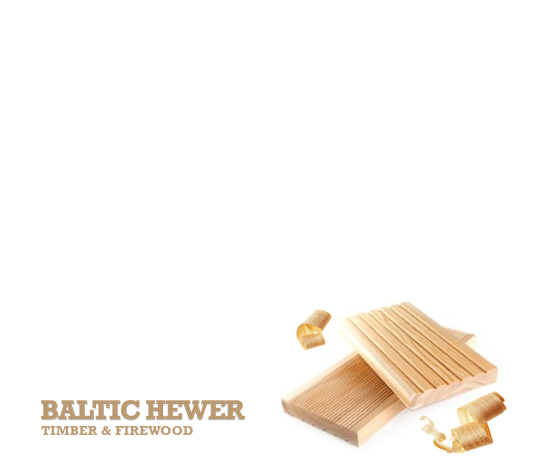-
- 25 x 100 mm
- 25 x 125 mm
- 25 x 150 mm
- 27 x 150 mm
- 32 x 125 mm
- 32 x 150 mm
- 50 x 100 mm
- 50 x 125 mm
- 50 x 150 mm
- 50 x 200 mm
The term “Wood biofuel” can be a bit misleading because many people associate biofuels with advanced refining and chemical processes. In fact, a wood biofuel can be any renewable, biological material used as fuel. With that definition, it becomes clear that things like wood, sawdust, leaves, and even dried animal dung all constitute biofuels. In fact, solid biofuels are how humans have been heating themselves and their food since the dawn of…well…humans!
There is no production necessary for a wood biofuel in most cases because it is often in a convenient form. On the other hand, sawdust and wood chips are not so convenient and so they are often put through a process known as “densifying.” All this means is that the biomass is compressed into a form that is easier to handle or is mixed with some sort of bonding agent (tar for instance or tree sap) to hold it together for easier transport, storage, and use. Pellets and bricks are common “densified” forms of solid biomass.
Wood constitutes the majority of biomass that is burned for fuel and comes in the forms firewood, charcoal, chips, pellets, and sawdust. The use of wood as a fuel for cooking, heating, and other applications dates back to well before humans when Neanderthals were the predominant species of hominid. In fact, the most troubling aspect of using wood as a fuel is generating the spark to start the fire. Otherwise, wood is readily available, abundant, and can even be collected from the ground if cutting tools are not available. Today, wood is even used in some electric generating applications.
Wood is reasonably energy dense. Hardwoods have an energy density of around 14-15 MJ/kg if burned with 100% efficiency. As with any fuel, however, the efficiency tends to be lower. Wood is actually more efficient than many fuels, with about 70% of the energy content (10 MJ/kg) recoverable on average.
No products were found matching your selection.












